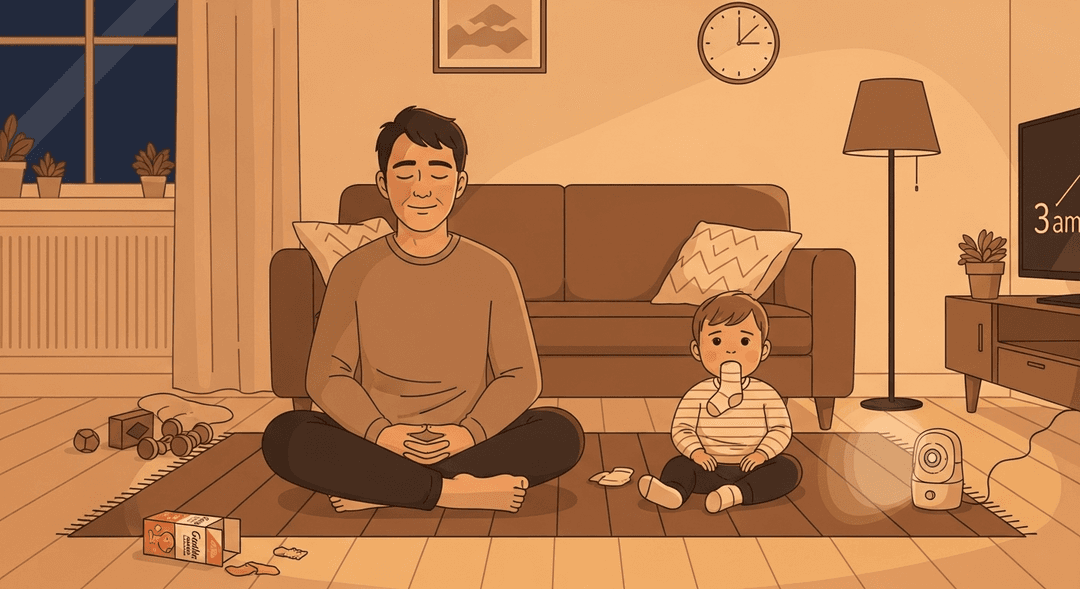Model Healthy Emotional Expression and Coping Strategies
Ever tried to explain ‘feelings’ to a toddler who just bit their own sock in protest? Yeah, me too. If you’ve ever found yourself rage-eating goldfish crackers in the pantry or fake-meditating in the bathroom, this one’s for you. Modeling healthy emotional expression is basically showing your kid how not to lose it (completely) when life hands you a diaper blowout at 3am. Spoiler: You don’t have to be Zen—just a little less ‘volcano parent’ and a bit more ‘weather report.’
Kids who see their parents name and manage emotions grow up with better emotional regulation skills—think less toddler meltdown in aisle five, more tiny human who can say ‘I’m mad!’ instead of launching a banana. For parents, modeling this stuff actually rewires your own stress response, lowering your blood pressure (and maybe your snack bill). Brains learn by imitation, so your kid’s neural pathways for coping get stronger every time you narrate your feelings instead of bottling them up like a shaken soda.
How to do it
Narrate your feelings out loud. For example, say: "I’m tired and a little grumpy, so I’m going to take a breath." This helps your child see that emotions are normal and manageable.
Show simple coping moves. Demonstrate techniques like deep breathing, counting to ten, or even doing a silly dance to shake off frustration. Let your child see these strategies in action.
Label your child’s emotions, too. For instance, say: "Looks like you’re sad your block tower fell." Naming emotions helps children understand and process their feelings.
Keep it real. Don’t pretend to be calm if you’re not. Instead, acknowledge your feelings and show what you do next to cope. This models honesty and resilience.
After a tough moment, talk about it. You might say: "Remember when I got upset? I took a break and now I feel better." Reflecting together helps normalize emotional ups and downs.
Repeat these steps regularly. Let your child see that you’re a work-in-progress, too. This encourages them to be patient with themselves as they learn to manage their own emotions.
Key Tips:
- Be honest about your feelings and coping strategies.
- Use simple, age-appropriate language.
- Model self-regulation openly and consistently.
- Encourage your child to talk about their feelings, too.
- Remember, it’s okay to make mistakes—what matters is showing how you recover.
